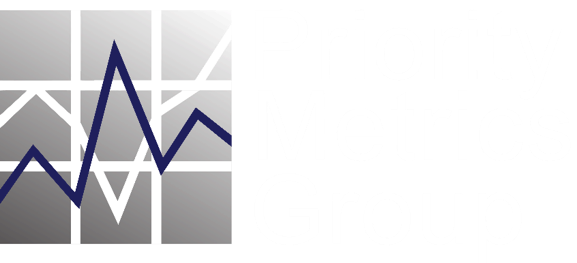
Post-Pandemic Growth: Competitive Intelligence
“Along with the severe health and humanitarian crisis caused by the coronavirus pandemic, executives around the world face enormous business challenges: the collapse of customer demand, significant regulatory modifications, supply chain interruptions, unemployment, economic recession, and increased uncertainty. And like the health and humanitarian sides of the crisis, the business side needs ways to recover. Ad hoc responses won’t work; organizations must lay the groundwork for their recoveries now.”
Harvard Business Review, April 2020
As the world recovers from the COVID-19 pandemic, business leaders, regardless of industry, must prepare to rethink and re-design their post-pandemic business model strategically. Now is not the time for “wait and see” leadership, as reactionary responses to the changing post-pandemic market could lead to a slow demise.
Laying the groundwork for any new business strategy requires a thorough understanding of the market, and post-pandemic scenarios indicate business will be quite different. Some companies will emerge well-positioned for growth, while others may not survive. Some industries will experience large scale consolidation, while others expand to support the development of more centralized domestic supply chains. Bottom-line, the post-pandemic competitive landscape will not be business as usual, and the importance of renewed competitive intelligence efforts will be essential in developing a successful post-COVID-19 strategic plan.
A well-executed competitive intelligence project needs to address the numerous potential changes in your market associated with the post-crisis world, effectively painting a new picture of the entire market landscape. Here are some key questions to consider when conducting competitive intelligence research:
Competitive value proposition
- Are there any changes in how competitors are positioning products or services based on issues and pain points generated by the COVID-19 pandemic?
Market position
- Which companies were affected, and to what extent were they impacted by the financial fall-out associated with the economic downturn caused by the pandemic?
Market share
- How were market share positions affected by the pandemic shutdown?
Product/service offerings
- What new or modified product offerings are entering the market as a direct result/answer to issues associated with the COVID-19 pandemic?
Technology
- What are new technologies being introduced to the market as a result of vulnerabilities exposed by the pandemic?
Financial performance/outlook
- What are the revised short- term and long-term financial outlooks of key competitors?
- How has the business suffered in the wake of the pandemic and which competitors (or substitutes) are benefitting?
Business strategy
- How have competitors revised their strategic direction as a result of the pandemic?
Management
- Has there been any fall-out or significant changes in management? Have there been layoffs or furloughs, and in which divisions? How are these impacting customers?
Supply chain
- Which suppliers have either disrupted the supply chain or are suffering due to a drop in business? How will this impact the company long-term?
Customers
- Which customers have been most affected by the company’s change in production? What is the long-term impact on the company?
Brand image
- How has the reputation or image of the company been affected by the pandemic?
This type of strategic approach to developing a well-thought-out post-COVID-19 business plan could position your company as a leader in recovering from the global crisis.

